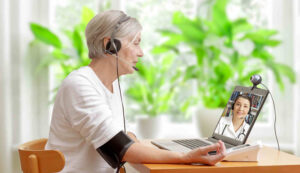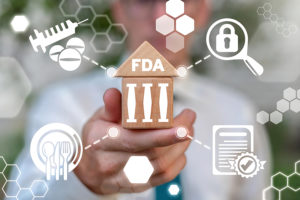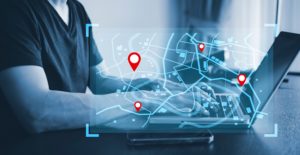
Come See Us at Internet of Things World
We are excited to be joining the world’s top IoT companies next week at one of this industry’s biggest events. We’ll be showcasing our connected health solution that is enabling what we expect will be the first FDA-approved life-sustaining drug delivery device that can be controlled with a smartphone. A few thoughts come to mind as we prepare for the conference:
- The time is ripe for mature solutions that can bring trust to connected healthcare delivery in the IoT. As with any other mission-critical IoT solution, connected healthcare solutions must be developed with the same proven “security by design” approach used in industrial and critical infrastructure applications, across the full, end-to-end solution including all connections between devices, smartphones and the cloud.
- Consumers will expect the same experience from their connected healthcare solution as they do from any other connected product. This means, for instance, that the industry can’t deliver a compelling mobile health experience while expecting to solve the associated security problems simply by locking down the cellphone. Patients will want to use their own phone when enjoying all the benefits of over-the-air data and software updates, and remote monitoring and device control. We offer the technology to do this securely, and this is the model that we believe the industry should embrace.
- We are entering what may be the most transformative period in the history of the healthcare industry. We have an opportunity to change everything – from how, where and when patients receive care to what the hospital of the future will look like and what services they will offer. Doctors will be able to rapidly and remotely deliver personalized advice and treatment, and the combination of big data and machine learning will yield even more innovation. Everything will be predicated, though, on a safe and secure connected health experience, so it is critical that we build in all the necessary safeguards now.
- Failure isn’t an option. There are real lives on the line. According to research firm Berg Insight, the number of patients remotely monitored using interconnected devices jumped by 44% to 7.1 million in 2016, not counting connected devices used for personal health tracking. Berg predicts that by 2021 there will be 50.2 million people remotely monitored using connected healthcare devices. Each one of these devices must operate within a trusted environment designed to protect all collected, transmitted and stored data from malicious attacks.
We’ll be demonstrating our connected solution for healthcare and other IoT markets throughout the conference, May 14-17, 2018, in booth #37 at the Santa Clara Convention Center. Hope to see you there!
Related Posts
Popularity of Remote Patient Monitoring Skyrockets — Is it Secure?
A recent report from commercial intelligence platform provider Definitive Healthcare revealed that remote patient monitoring insurance reimbursement claims rose 1,294% from January 2019 to November 2022. It’s likely that a desire to minimize contact during the pandemic drove much of this demand. But remote patient monitoring claims continued to grow even after people resumed face-to-face…
Countdown to Safer Medical Devices
A six-month clock started ticking late last year, counting down to the FDA’s new deadline for updating its public-facing guidance for improving the cybersecurity of medical devices. This requirement became law on Dec. 29, 2022, as part of a $1.7 trillion Omnibus Appropriations Bill that also includes new rules for submitting applicable medical devices to…
Getting Real about Real-Time Location Systems
Real-Time Location Systems, or RTLS, emerged in the 1990s for use by government and military entities. The technology has been adopted in manufacturing, logistics and aerospace applications for years. Now it is coming into its own in a growing variety of other applications, from healthcare consignment inventory management to retail item tracking. It’s time to…



